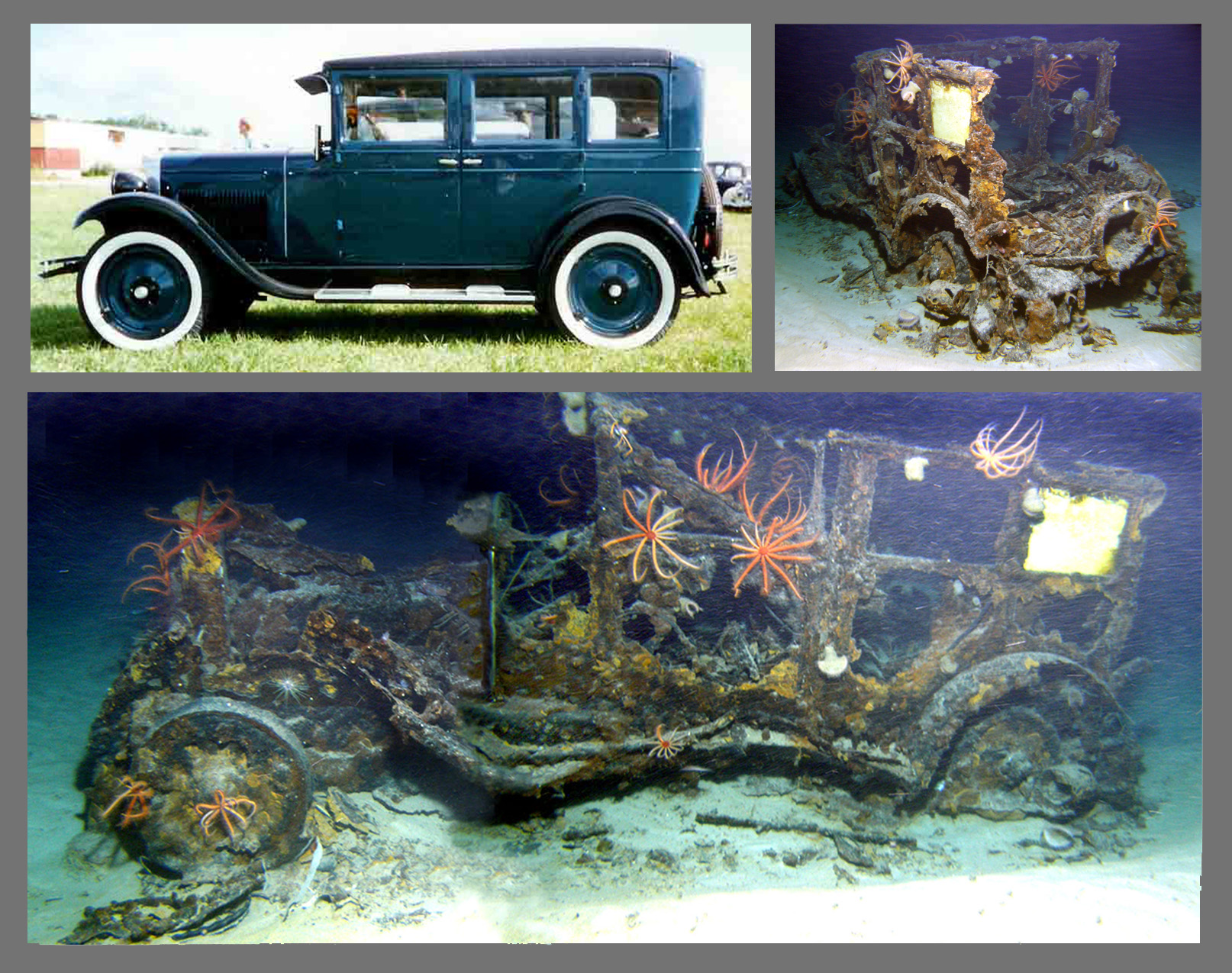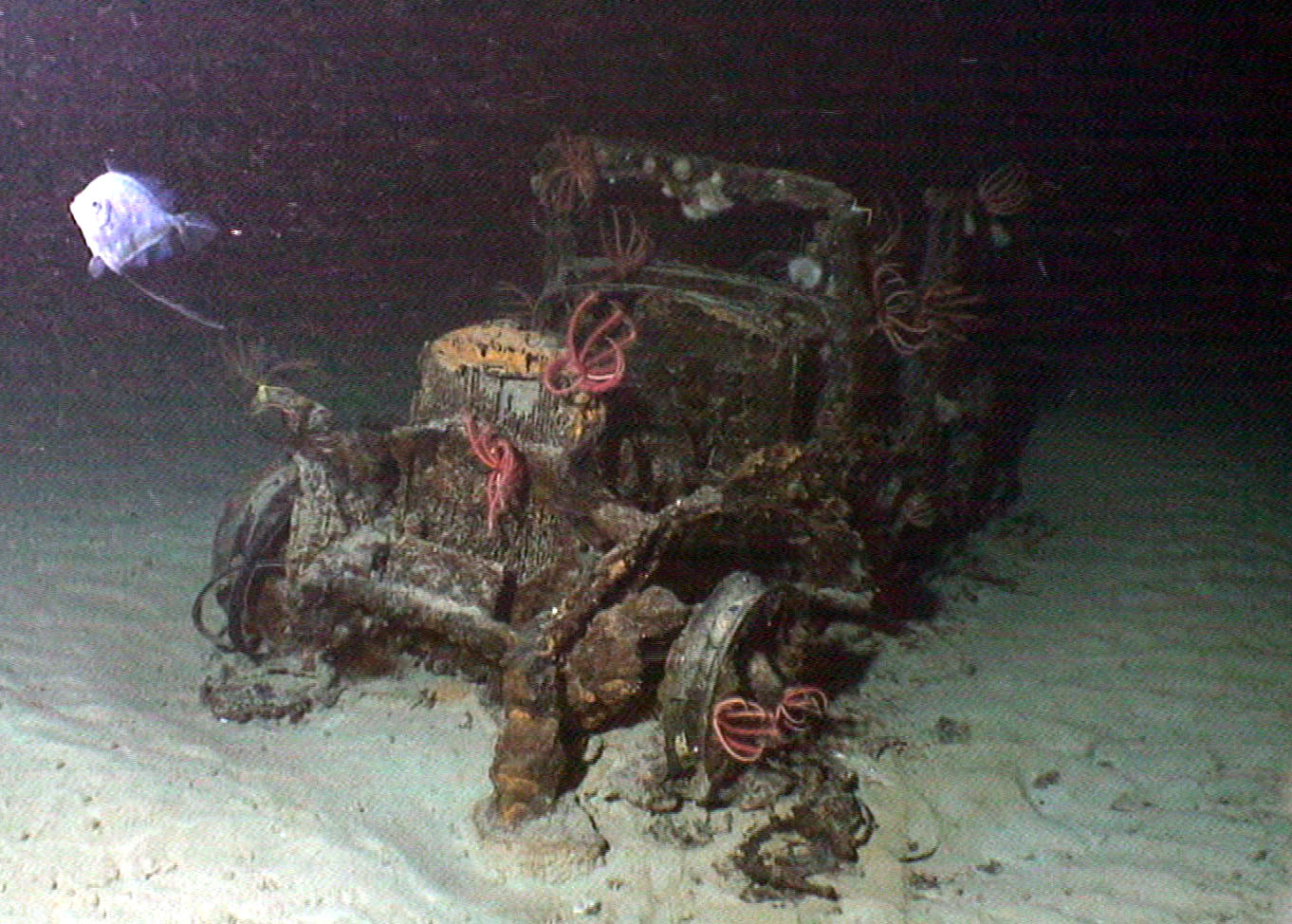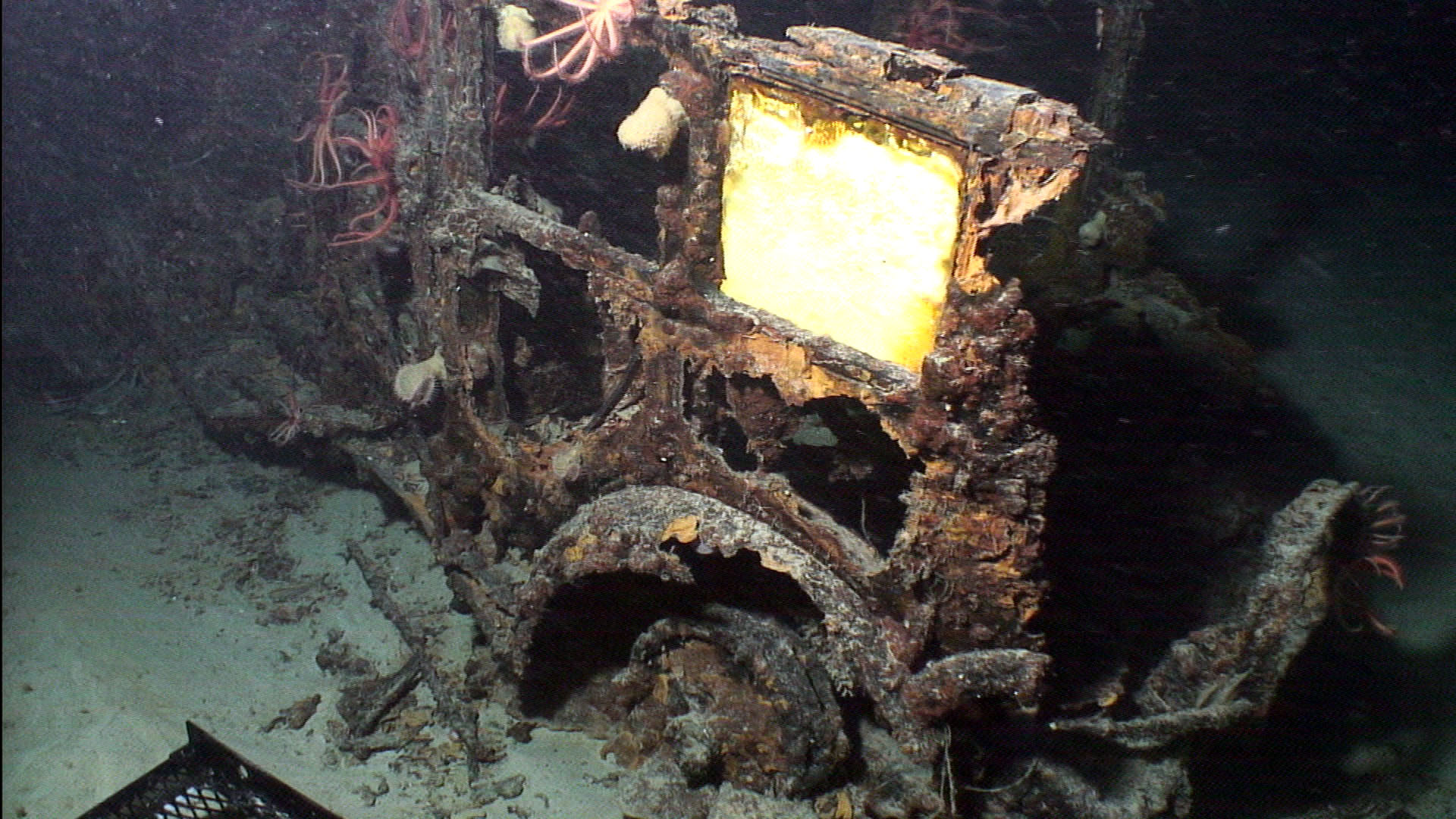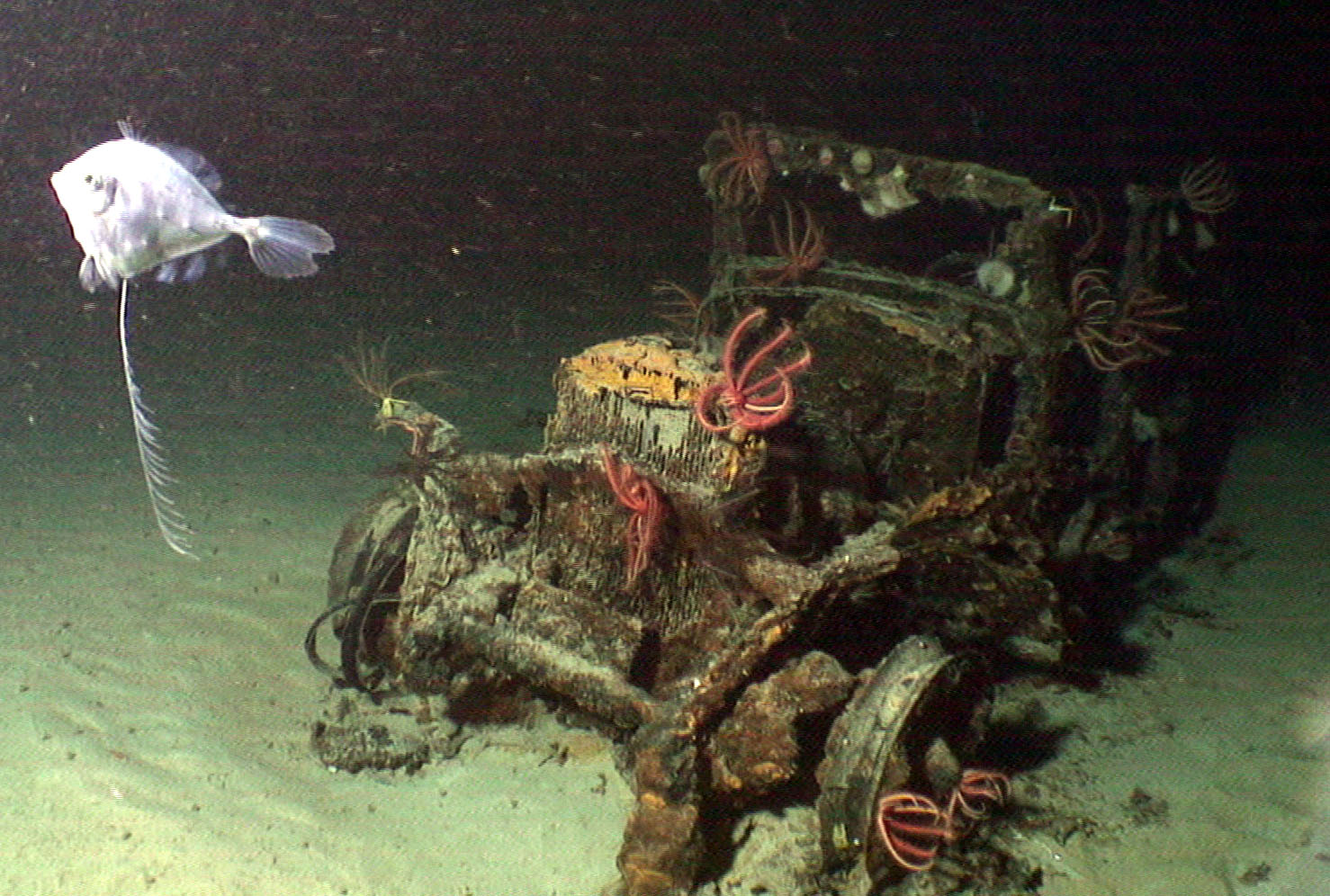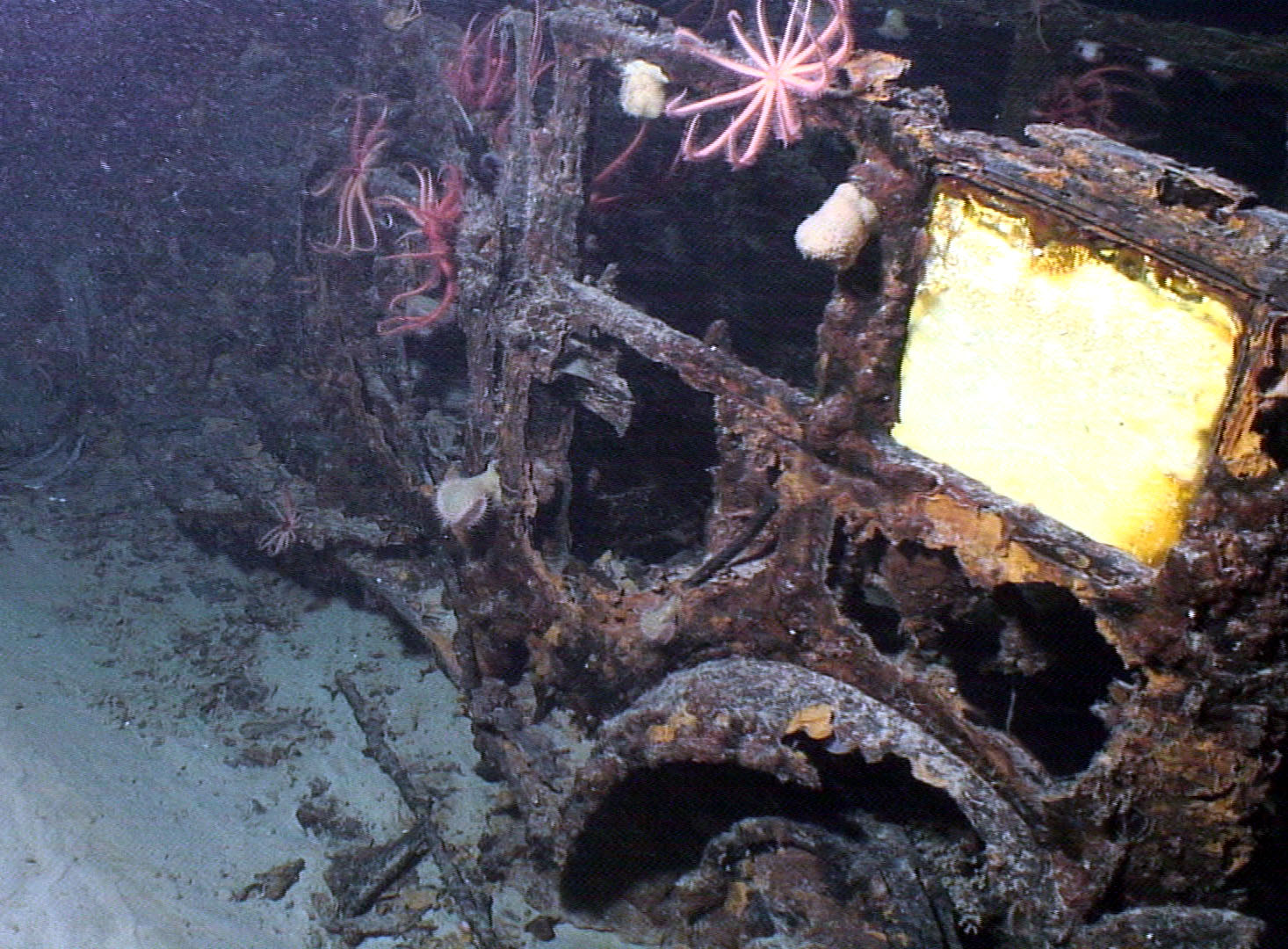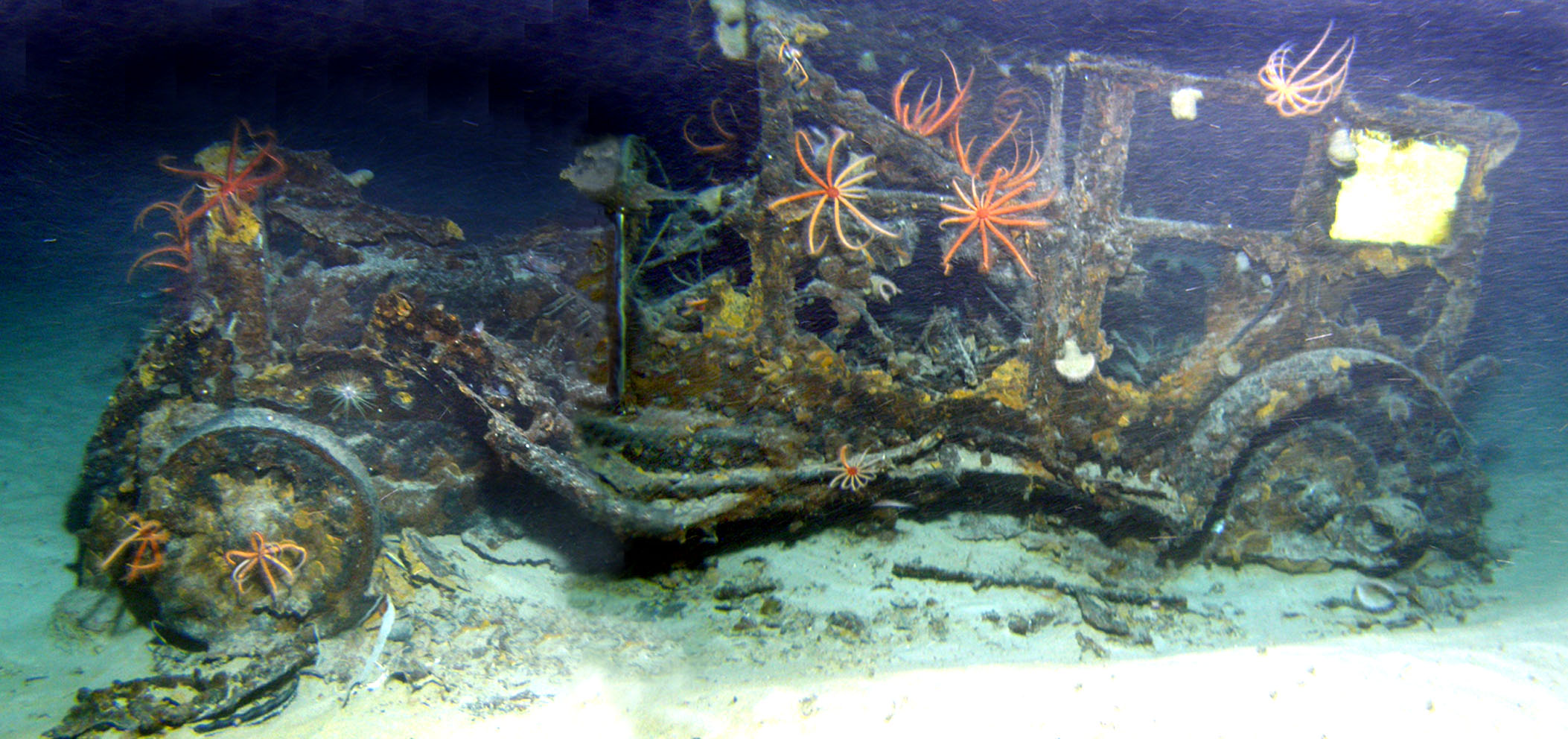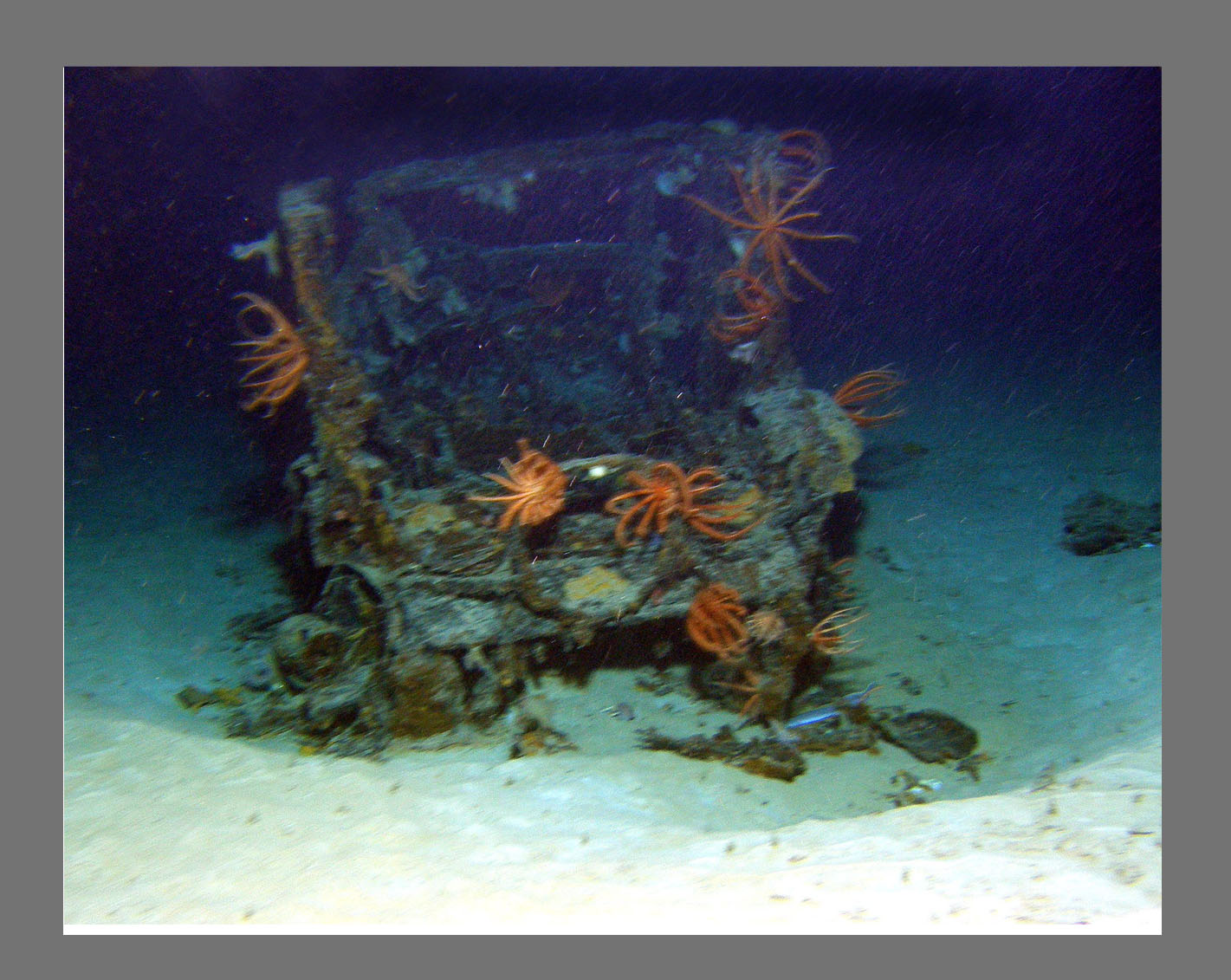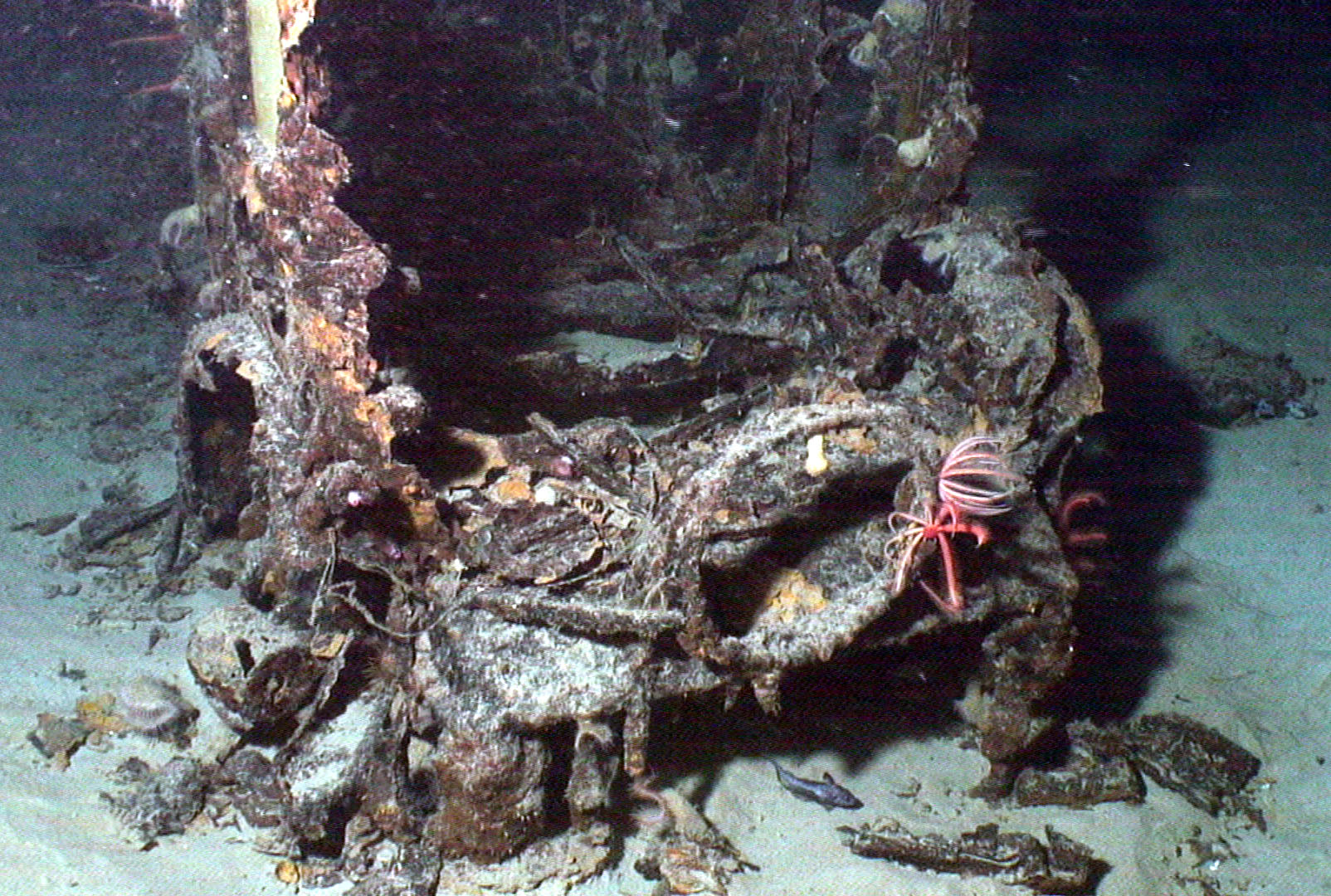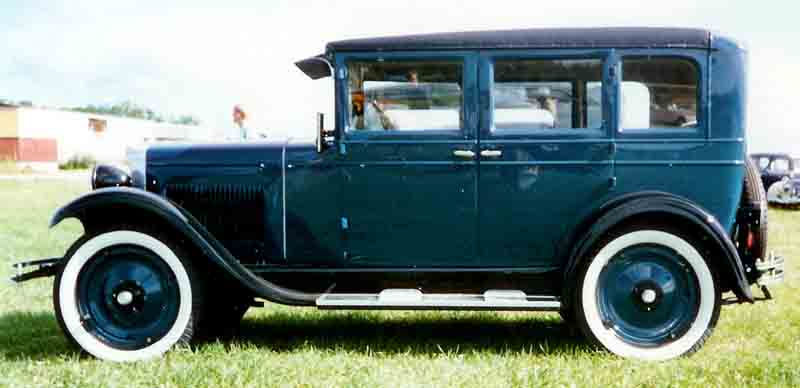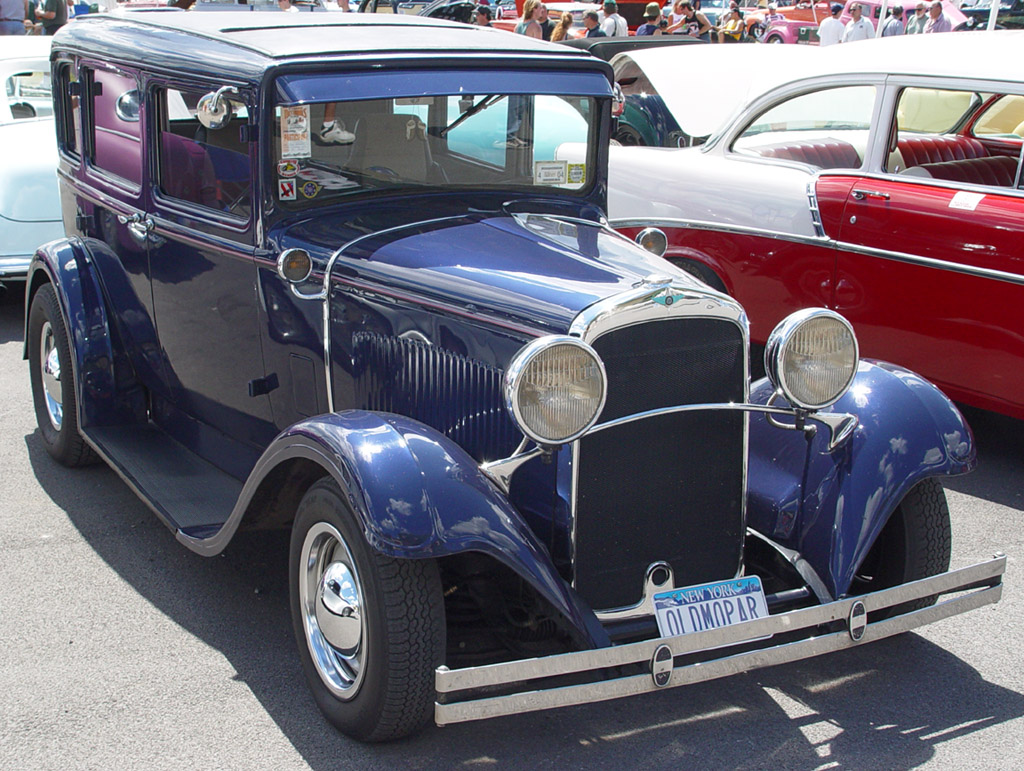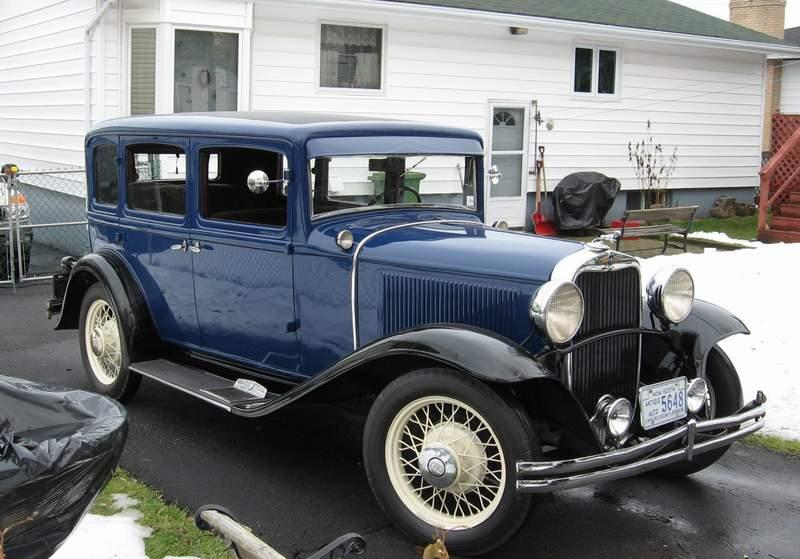| HURL Artifact No. |
VEH-26 |
*Denotes approximations and speculations |
|
|
|
|
|
|
|
|
| Name: |
Unknown |
Lost: |
Unknown |
| Artifact Type: |
Sedan |
Found: |
23-Feb-2011 |
| Nationality: |
USA |
Dive No: |
PV-753 |
| Class or Make: |
Unknown |
Location: |
Kewalo |
| Model: |
4-Door |
Depth (m): |
558m |
| Purpose: |
Transport People |
HURL crew: |
Kerby, Price, J. Smith |
|
|
| Serial Number: |
Unknown |
Additional Dives: |
|
|
|
| Built/Launched: |
*1924-1932 |
|
|
|
|
|
|
|
| Length: |
*13 |
| Width: |
*6 |
| Height: |
|
|
|
|
|
|
|
|
|
|
|
|
|
| Circumstance of Loss: |
Intentionally disposed |
Crew Personnel/Position: |
1 Driver and 3 Passengers |
|
|
|
|
| Reason of Loss: |
*Old age or failure |
Crew Survivals/Fatalities: |
n/a |
|
|
|
|
| Artifact History: |
Unknown |
|
|
| Artifact Condition: |
There is a yellow panel filling the back rear window. The sides of the vehicle are largely still upright. The radiator and engine are still present. The rear end of the vehicle is gone with the exception of the spare tire rack. Wheels are still on, but tires have deteriorated to shards. They appear to be disc type wheels, but there is heavy build up there so could be otherwise. There is an arcing tie-in rod across the front of the radiator to connect the front fenders. Windshield is still fully intact and in place. Below it the license plate can be seen. There is a mounting rod coming off the left rear fender for a light or license plate. |
|
|
| Additional Information: |
This artifact has a number of key features to help identify it, however none seem to match exactly any of the more common manufacturers of the 1920s and early 30s. It is possible it is of a foreign build (non-USA), or from a lesser known maker or is a unique design existing for only short period. The top framing of the radiator seems unique and may be key to the builder. *3300 lbs |

